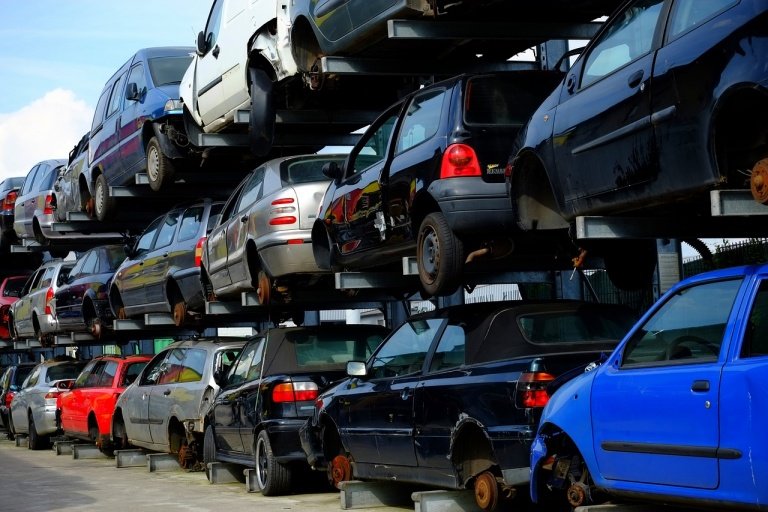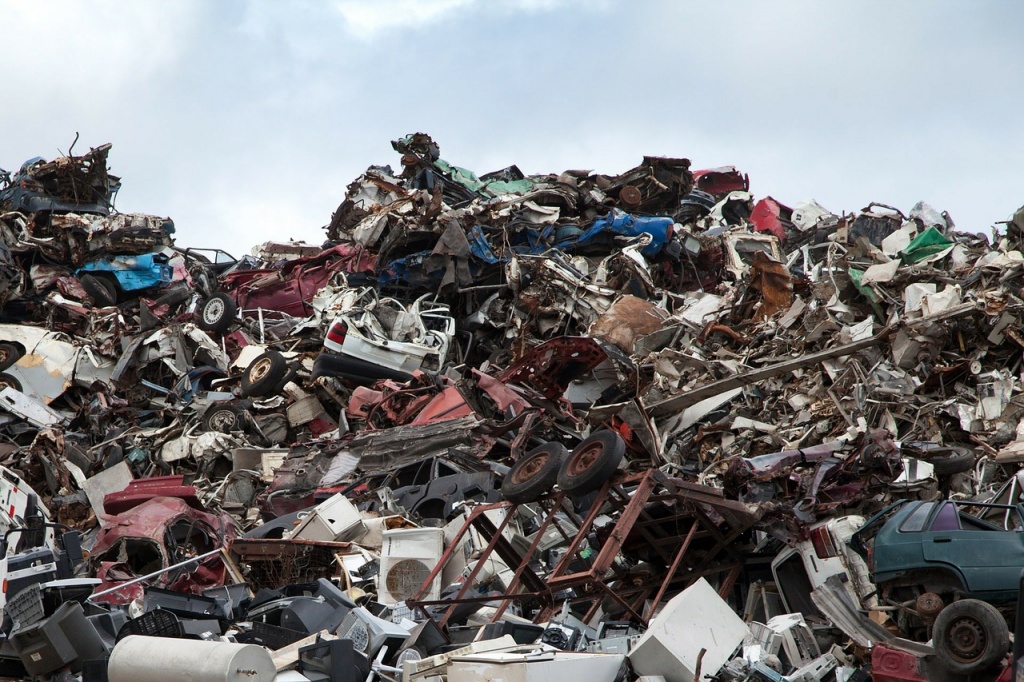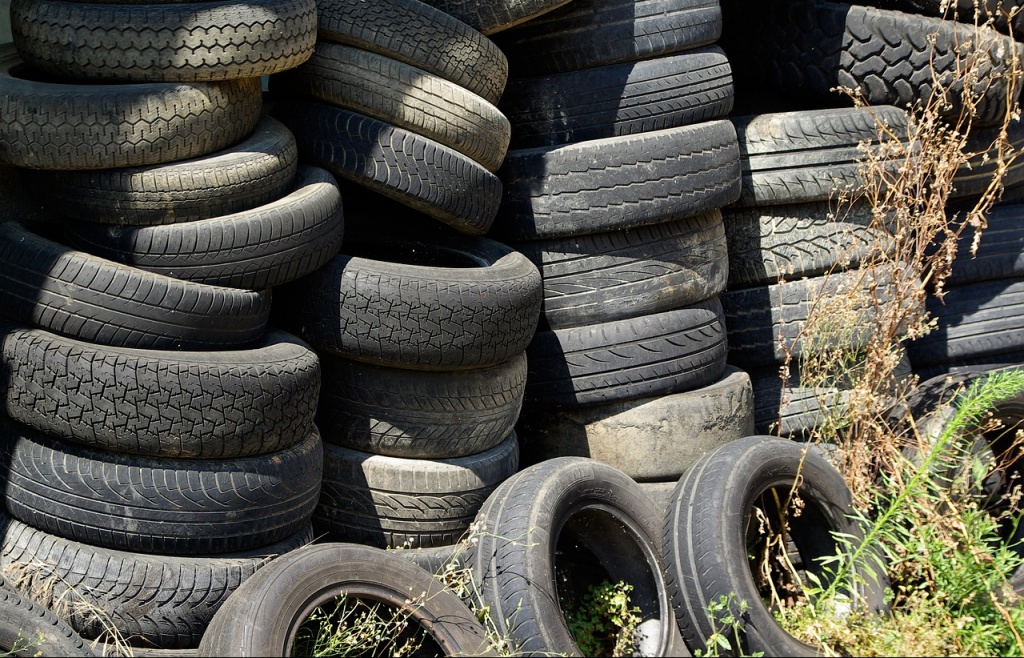How Car Recycling Works
By on Jan 10 2018

When it comes to reusing, most of us probably encounter recycling options for things like paper and plastic near daily. These are the obvious ones and are fairly easy to recycle. However, they're not the only materials that can be recycled. Thanks to advances in recycling technology, we can recycle more now than ever before, and not just little things like cell phones and light bulbs, either.
For instance, did you know that nearly your entire car is recyclable? Have you ever wondered how car recycling works?
Growing up, The Brave Little Toaster was one of my favorite movies. But near the end of the film, when the appliances wound up at the junkyard, that part was, well, terrifying. It can really shape your perception of such places, you know? An evil tower crane and a maniacal crusher? No, thank you. In fact, revisiting that scene now, it's still morbid.
But then as with just about everything else in life, adulthood hits and you realize that hey, real life junkyards do way more than try to crush the hopes and dreams of animated, anthropomorphized household appliances and old Indy cars. In fact, contrary to The Brave Little Toaster's song, "Worthless," the junked cars found in such salvage yards are far from worthless.

Vehicle Recycling
According to the Auto Alliance, automobiles are the most recycled consumer product. For all of the passenger vehicles that retire every year, 95% of those cars are recycled.
Vehicle recycling refers to the process of dismantling vehicles for spare parts, but these parts are not the only useful, reusable components when it comes to "decommissioned" autos. In fact, more than 80% of a car's materials are recyclable, reusable, or used for energy recovery.
Reusable and Recyclable Components
The most recycled parts include tires, batteries, windshield glass, radiators, transmissions, steel and iron components, wheels, and even the rubber hoses, carpets, car seats, belts, oil filters, and mats. When an automotive recycler removes things like the engine, transmission, doors, and bumper, these parts can be reused on other vehicles. Often, people looking for car parts who don't want to buy brand new will check out junkyards and look for useable parts on an otherwise "wrecked" vehicle.
Materials like batteries, catalytic converters, tires, and some types of plastic can be recycled into completely new products. Recycled tires, for instance, are commonly used in pavement bases for new roadways. Recycled tire rubber can also be used in the manufacture or brake pedals or floor mats. Even when it comes to new tires, these aren't entirely virgin. Manufacturers will use up to 10% of recycled tire rubber when making new ones.
Recycled windshield glass can be used to make tile flooring, glass beads, porcelain, countertops, and even jewelry. Recycling can save 10 gallons of oil per one ton of glass. Automobile batteries can be recycled in the manufacture of new ones. The scrap metal (steel and iron) is used to make a variety of different products. This is where the infamous car crusher comes into play: they reduce the size of the scrapped vehicle for transportation to a steel mill.
Additionally, a number of old consumer products find their way into the manufacture of new vehicles. Milk jugs, made from high-density polyethylene (HDPE) are recycled into automotive trim. Recycled plastic bottles are used in heating and air conditioning vent covers and engine oil level gauges. Both carpet and used clothing are made into sound-deadening materials. Nylon carpet is also used in air cleaners and evaporative emissions systems.

Process
When a car reaches the end of its life, it can find its way to a salvage yard. There, the recycling facility determines whether the car is more valuable to repair or recycle. If it's the latter, they will proceed with dismantling.
Car recycling is a complicated process. Autos have a number of parts for recycling, as well as hazardous materials. The facility drains all the different fluids, such as oil, gas, antifreeze, lubricants, etc. Operators segregate hazardous materials for safe disposal. Gas and oil can be filtered and reused. With fluids drained, the engine and transmission are lifted from the chassis. Useable parts are removed and cleaned and additional parts, such as tires, are also removed for resale or reuse. Some useable parts are sold off "as is," while others might need to be refurbished first.
When most or all parts are removed and all that's left is the shell of your former car the metal frame is crushed flat or cubed for a more economical means of transportation. These compact cars go to either an industrial shredder or hammer mill where they are further reduced to small chunks of metal. Any glass, plastic, and rubber are removed from the mix. The metal is sold to steel mills for recycling.
Benefits
Recycling steel saves both energy and natural resources. All those who recycle their end-of-life vehicles save approximately 85 million barrels of oil annually. That's 85 million barrels that would have been needed to make, among many other things, additional car parts.
Additionally, automotive recycling is a vital U.S. industry that employs over 140,000 people at more than 9,000 locations around the country.
Sources:





